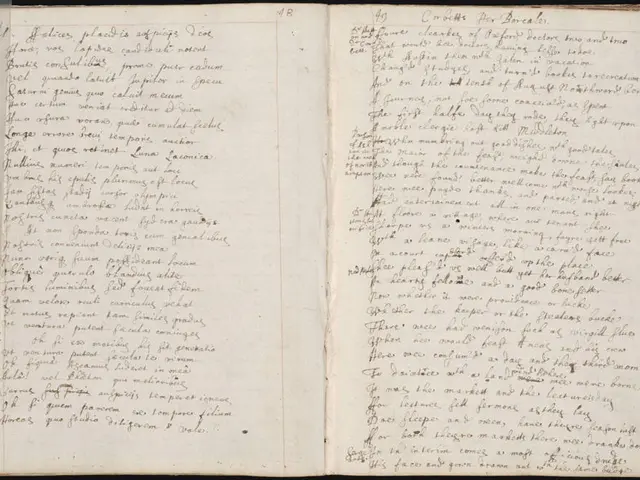Strategies for Recording Language Development via Play that Strengthen ties:
In the realm of early childhood education, documenting a child's language development is a key aspect of understanding their growth and planning supportive activities. Here are some effective strategies for documenting language development during play-based learning.
## Strategies for Documenting Language Development
### 1. **Keeping Simple Notes**
Recording key moments of emerging sounds, first words, or non-verbal communication like pointing or waving helps track progress and inform future interactions. Regularly jotting down observations of the child's language use during play, such as new vocabulary or sentence structures, can provide valuable insights.
### 2. **Utilising Visual Aids and Tools**
Using visual aids like anchor charts and dictation can help display and preserve a child's language output. Capturing images or videos of children during play can help identify patterns and trends in their communication.
### 3. **Engaging in Conversations**
Encouraging turn-taking and storytelling during play fosters more complex language use. Asking open-ended questions can encourage the child to explain their thoughts and ideas.
### 4. **Utilising Technology**
Digital tools can help record and analyse language development, tracking progress over time and providing insights into language patterns.
## Activities to Promote Language Development
### 1. **Sound Hunts**
Choosing a target sound and "hunting" for objects that start with it during play enhances phonological awareness.
### 2. **Story Retells**
Asking "Who, What, Where, When, Why" questions after reading a book together and having the child retell the story boosts comprehension and sentence length.
### 3. **Conversation Games**
Using board games or building activities to model eye contact, turn-taking, and staying on topic promotes social-communication skills.
By integrating these strategies into play-based learning, you can effectively document and support a child's language development. Strategies such as recording video stories during imaginative play, collecting audio recordings of songs and rhymes, screenshotting educational game progress, and creating a Language Learning Photo Journal can help document a child's linguistic progress during play sessions. Organising language samples by activity type can reveal patterns in vocabulary usage across different activity types.
With these methods, parents and educators can gain a better understanding of a child's language development journey and tailor activities to their unique needs, ensuring a nurturing and supportive learning environment.
By implementing technology in the form of digital tools, we can efficiently record and analyze a child's language development, enabling us to track progress and gain valuable insights about language patterns. Moreover, by documenting a child's language learning journey through activities like recording video stories during play, collecting audio recordings, screenshotting educational game progress, and creating a Language Learning Photo Journal, we can support their growth in a manner that suits the modern education-and-self-development lifestyle.




